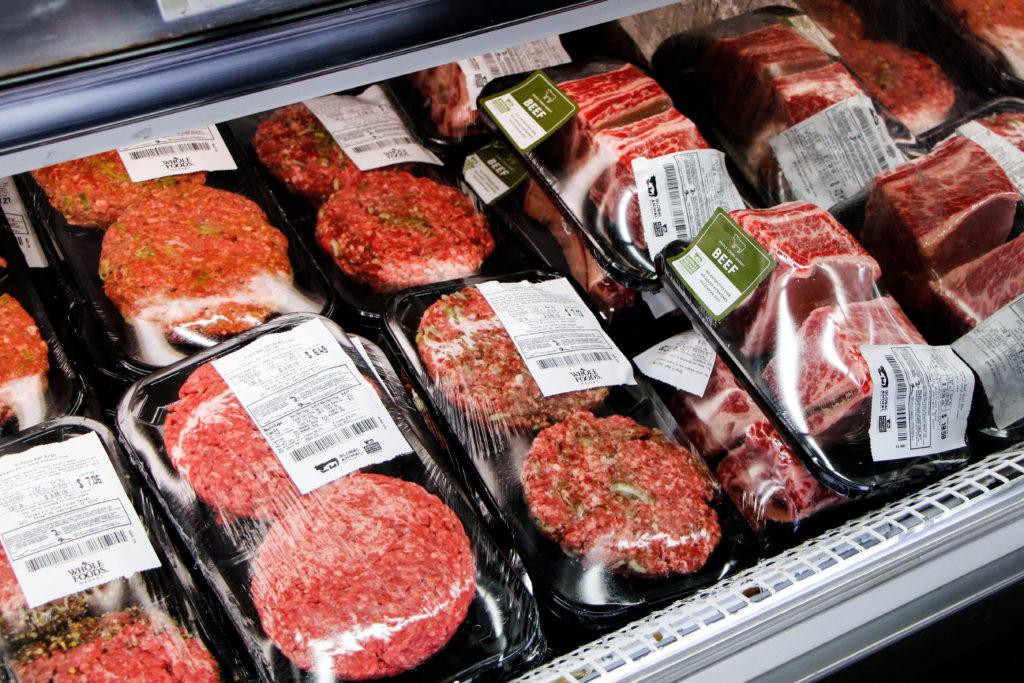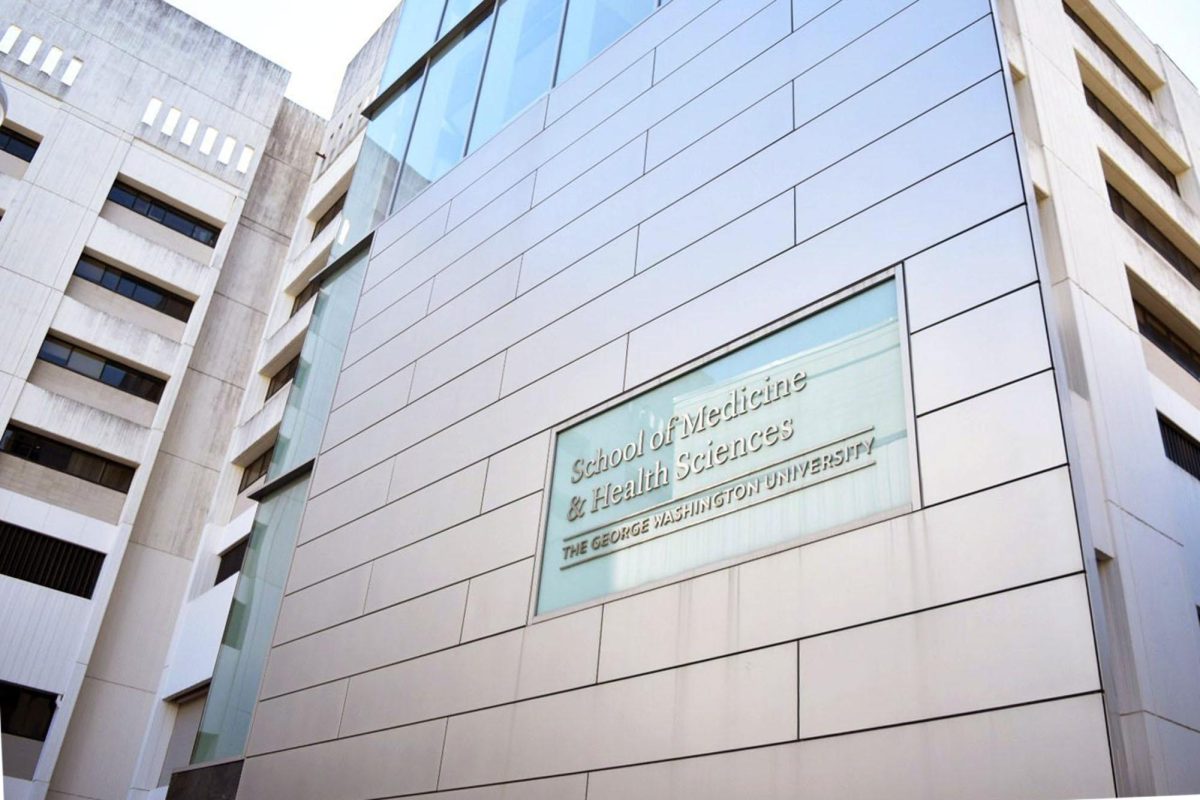Milken Institute School of Public Health researchers found earlier this month that some beef products labeled as “raised without antibiotics” may contain cattle that have received antibiotics in their feedlots prior to processing.
As part of the study, published April 7 in “Science”, the researchers tested urine samples from 699 cattle in more than 30 RWA certified feedyards to test the integrity of RWA-labeled beef, according to the study. Researchers found that 42 percent of feedyards included in the study had at least one animal test positive for antibiotics, representing 15 percent of the cattle processed with an RWA label at the facilities during the time of the study.
Lance Price, a co-author of the study and a co-director of the Antibiotic Resistance Action Center at GW, said reducing the use of antibiotics in animal production – the purpose of the RWA label – is a major step toward ending the overuse of antibiotics.
“As soon as I saw the data, I was kind of shocked, just at the number of animals that were coming up positive for antibiotics in this absolute program, this program that says there’s absolutely no antibiotics being used,” he said.
Price said antibiotics can cause faster and more overall growth in cattle, providing a financial incentive for feedyards to lie about the presence of antibiotics in their cattle. He said since the Department of Agriculture doesn’t enforce verification procedures, cheating has become very easy for feedyards.
He said companies only need to sign an affidavit saying they’ve raised their animals without antibiotics to receive the label from the USDA, but there is no guarantee that producers won’t cheat the system.
Price said pressure from consumers who reach out to retailers to share their support for RWA animals can motivate companies to make a change. He said organic foods are a viable alternative for shoppers who want to avoid meat from animals treated with antibiotics.
“I’ve probably spent more than $10,000 on meat products labeled with raised without antibiotics over the last 15 years,” Price said. “And so, it’s a label that I’ve told people to use, and I’ve used myself because I thought the USDA was verifying it.”
Randall Singer, a professor in the Department of Veterinary and Biomedical Sciences at the University of Minnesota, said animals can be exposed to antibiotics through water and feed, which makes it difficult for animals to be completely free from antibiotic residue. He said the results of the study do not guarantee that cattle labeled as RWA are purposefully being treated with antibiotics but may have been unintentionally exposed.
“There can be low levels of exposure, not related to the use of an antibiotic, just by drinking the water,” he said.
Singer said consumers are largely opposed to antibiotic use in animals because of their concerns that humans could develop an antimicrobial resistance from eating meat, which might cause modern medicine to be less effective in fighting off illness in humans.
“Where I can help make change is by improving how we use antibiotics and animals and trying to minimize the amount of antimicrobial resistance that might be moving from animals to people,” Singer said.
He said when animals who would normally not receive antibiotics get sick, they often still need to be treated with antibiotics. He said the process of sorting animals treated with antibiotics from others without provides an opportunity for human error that results in a mixing of cattle with varying RWA statuses.
He said ranchers are often faced with a dilemma in wanting the monetary incentive to earn the RWA label by avoiding providing their cattle with antibiotics, but also want to treat a sick animal to protect its well-being.
“I am not going to come to say this is a clear indication of cheating – I would hope that these are just honest mistakes, which can happen when you look at the volume of animals that we move around,” Singer said. “But it does highlight that need to make sure you have in place a system for moving those animals out of your RWA production stream and putting them back into a conventional stream.”








